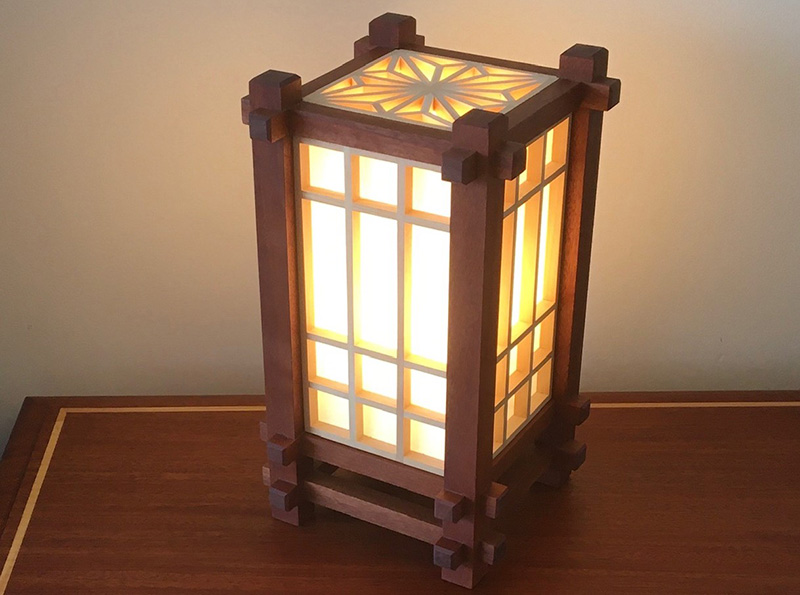They came, pulled-sawed and conquered: the Ancient Egyptians

Note: This article was written by Sarah Smith (wife of the editor)
The origins of some of today’s woodworking practices can be linked back to ancient civilisations. The ancient Egyptians, for example, developed many of the tools and techniques we use every day in our workshops.
Leading Egyptologist, wood technologist and furniture historian Dr Geoffrey Killen, sums it up:
“The properties of timber were understood and tools were developed to work it. At first these were basic hand tools, but then specialised tools and cutting aids were produced. Later, simple machine work increased output and enabled furniture to be provided for many homes. For example, by rotating the work in front of a stationary cutter, the lathe, a basic machine which has influenced many lives, was invented.”
Over the years, archaeological excavations and discoveries dating back to 5000 BC have shown that the ancient Egyptians were pioneers in the creation and design of wooden furniture, including beds, stools, tables and chairs. They also produced finer pieces such as intricate chests, boxes and small ornaments.
They used a range of woodwork tools including axes, large and small adzes, pull saws and handsaws, bow-drills, mortise and firmer chisels, mallets and awls. Historians believe that the first mortise and tenon joints were used during the Predynastic period (5500 – 3200 BC).
They were the first to use pegs, leather lashings and dowels which improved the strength and resilience of these joints.
For Predynastic burials, the body was placed on a wooden board covered with plant stems or in a simple box, which commonly utilised butt-jointed corners held together with pegs or tied together with leather thongs which passed through holes in the joining members. It was not until the New Kingdom Period (1570 - 1070 BC) that carpenters used animal glue to strengthen the connections of joints and wooden pieces.

They continually improved their techniques and cultivated new methods to create increasingly complex and beautiful pieces. The ancient Egyptians invented the art of veneering – the process of gluing thin slices of wood together – and were also the first to finish their work with varnish to preserve the wood.
With an environment more suited to pyramids than forests, large scale timber production from indigenous trees in Egypt was rare. Although wood from native sycamore, acacia and tamarisk trees was used, extensive deforestation along the Nile during the Early Dynastic period (3050 - 2686 BC) led to the importation of cedar, boxwood, oak and Aleppo pine from surrounding areas. Ebony was also imported from different Egyptian colonies and this was used to make coffins and chests for tombs.
When you think about the ancient Egyptians, what comes to mind? If you’re like me, it’s the Pyramids of Giza, The Valley of the Kings, Tutankhamun, mummification and hieroglyphics – woodworking rarely makes this list. However, their craftmanship of timber has also stood the test of time and from as early as 7000 years ago, they were paving the way for centuries of carpentry. So, we’re in de-Nile if we don’t credit the ancient Egyptians for their woodworking achievements.








